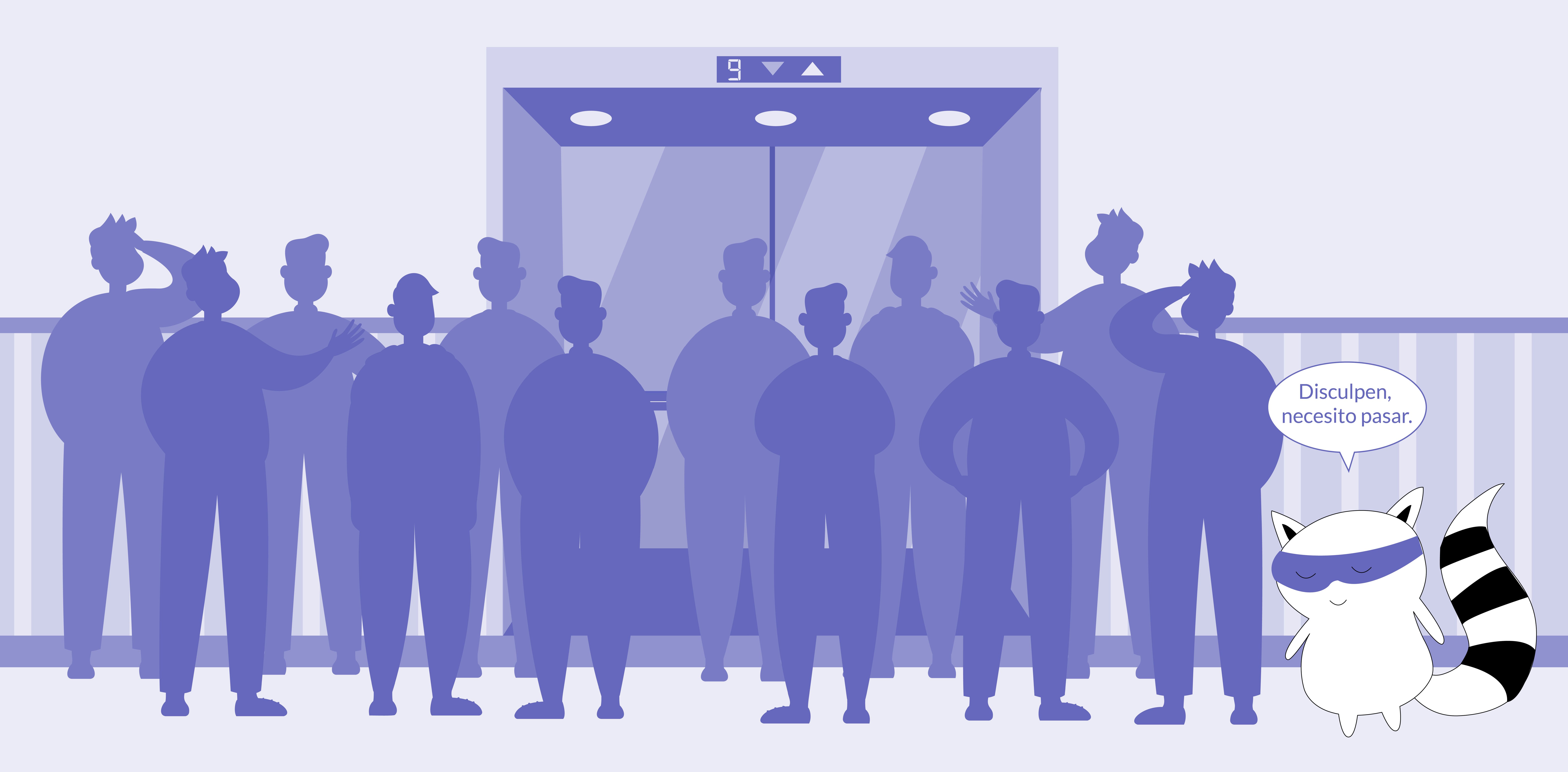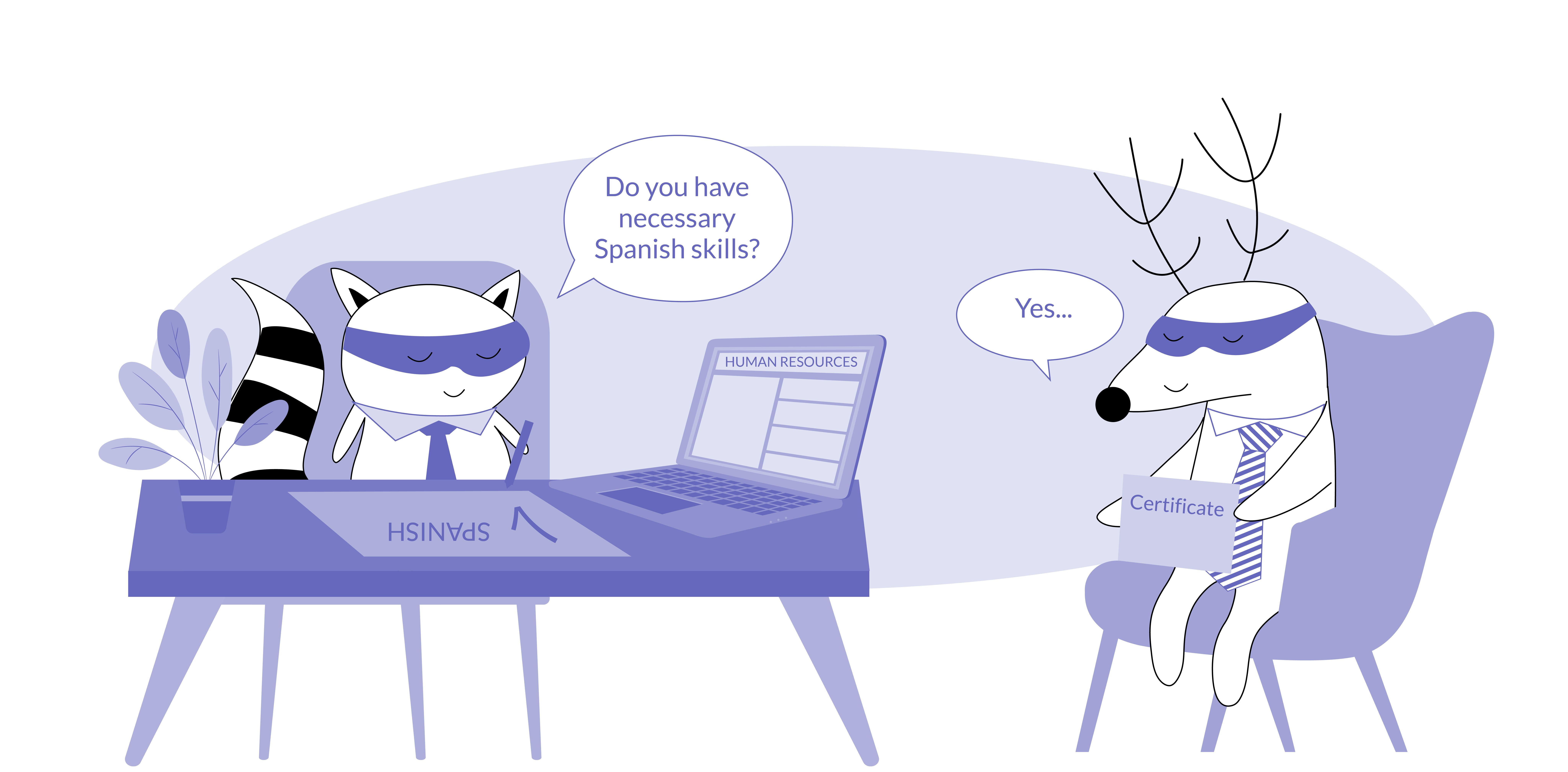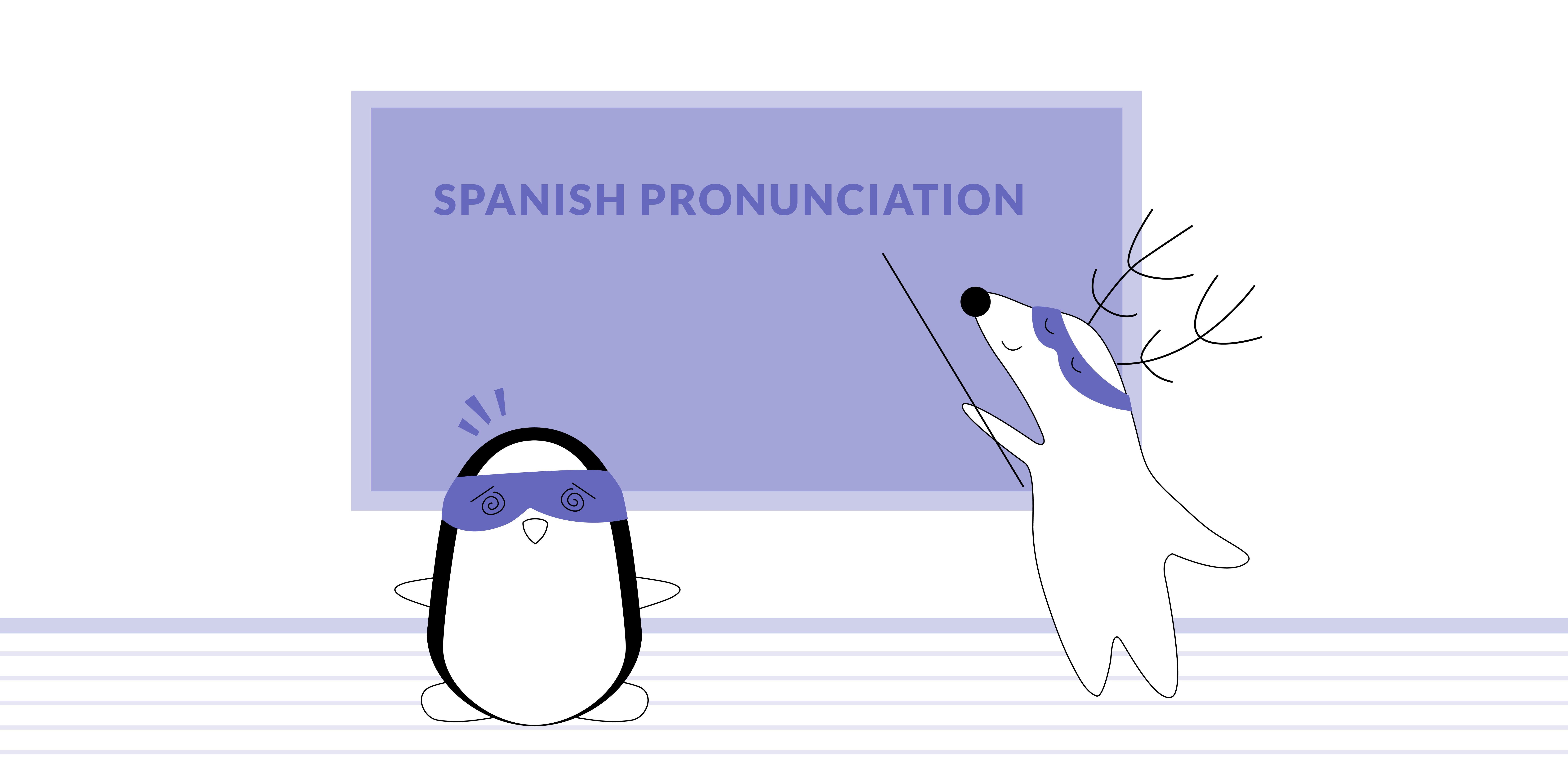
Imagine you're strolling through the bustling streets of Madrid and suddenly, you need to ask for directions or accidentally bump into someone. In these situations, knowing how to say "excuse me" in Spanish, just like por favor, becomes a crucial skill for anyone learning the language.
Being able to express yourself politely not only helps you communicate effectively but also demonstrates respect and cultural awareness.
In this comprehensive guide, we will delve into ten different ways to say "excuse me" in Spanish, ensuring that you're prepared for any situation, whether navigating a crowded marketplace, catching someone's attention at a lively tapas bar, or apologizing for a minor faux pas.
Additionally, we'll provide invaluable tips on pronunciation, body language, and common mistakes to avoid, helping you become a more confident and polite Spanish speaker.
Learn Spanish with Langster
The Importance of Saying "Excuse Me" in Spanish
Just like in English, saying "excuse me" in Spanish can have different meanings depending on the context. It can be used to:
- Apologize for a mistake or misunderstanding
- Get someone's attention
- Politely ask someone to move or make way
Being able to determine the appropriate tone and context is essential, as it helps you communicate effectively and respectfully in both formal and informal situations.
10 Ways to Say "Excuse Me" in Spanish
Now that we've established the importance of saying "excuse me" in the Spanish language, let's dive into the various ways you can express this essential phrase. With these ten options at your disposal, you'll be well-equipped to handle any situation, from formal encounters to casual conversations.
So, without further ado, here are ten different expressions to say "excuse me" in Spanish, along with explanations and examples to help you use them effectively, in formal settings or informal ones.
Perdón
This is the most commonly used expression to say "excuse me" in Spanish. It can be used in both formal and informal situations. It is often used to seek attention, apologize, or ask for forgiveness.
Spanish
English
Perdón, ¿me puedes decir la hora?
Excuse me, can you tell me the time?
Disculpe
With only one word, you can express a more formal "excuse me." which is often used when addressing someone you do not know well or in a professional setting. This phrase conveys respect and politeness.
Spanish
English
Disculpe, ¿sabe dónde está la oficina de correos?
Excuse me, do you know where the post office is?
Disculpa

Disculpa (with its literal translation being "excuse me") is a more informal version of disculpe and is used among friends, family, or peers.
It maintains a polite tone but is less formal than disculpe and is commonly employed in casual conversations.
Spanish
English
Disculpa, ¿me pasas la sal?
Excuse me, can you pass me the salt?
Permiso
Permiso (which also literally translates to "excuse me") is used when asking for permission to pass by someone or move through a crowded space. It is a straightforward and polite way to request temporary clearance, particularly in formal situations.
Spanish
English
Permiso, necesito pasar.
Excuse me, I need to get through.
Con permiso
Similar to permiso, con permiso is used to ask for permission to pass by or enter a space. It is commonly used in situations where you want to enter a room or cross someone's path, even in an informal setting.
Spanish
English
Con permiso, voy a entrar en la sala.
Excuse me, I'm going to enter the room.
Perdona
Perdona is an informal way to say "excuse me" when apologizing for a minor mistake or misunderstanding. It is a more personal and casual approach, often used among acquaintances or friends.
Spanish
English
Perdona, no te vi ahí.
Excuse me, I didn't see you there.
Lo siento
Lo siento literally means "I am sorry," but it can also be used as a more heartfelt way to say "excuse me" when apologizing for a mistake, an inconvenience, or a negative outcome. It expresses regret and remorse.
Spanish
English
Lo siento, no quise interrumpir.
Excuse me, I didn't mean to interrupt.
Mil disculpas
Mil disculpas translates to "a thousand apologies" and is used when you want to emphasize your apology. It indicates a sincere and profound regret for a significant mistake or inconvenience caused, either to strangers or family members.
Spanish
English
Mil disculpas por llegar trade.
Excuse me for being late.
Perdóname
Perdóname is similar to perdona, but it is more personal as it means "forgive me." It is used when apologizing to someone close to you, such as a friend, family member, or partner.
Spanish
English
Perdóname, olvidé nuestra cita.
Excuse me, I forgot about our appointment.
Disculpen

Disculpen is the plural form of disculpe and is used when addressing a group of people. It is a polite way to get the attention of or ask for permission from multiple individuals simultaneously.
Spanish
English
Disculpen, ¿podrían decirme cómo llegar al museo?
Excuse me, could you tell me how to get to the museum?
Common Mistakes and Tips for Avoiding Them
If you're finding the process of saying "excuse me" a bit complicated, don't worry. Here, we present you with the most common mistakes when using this phrase in Spain or Latin America and how to adjust these expressions depending on the context.
Using the Wrong Phrase or Tone for the Situation

One common mistake learners make is using an inappropriate phrase or tone when saying "excuse me" in Spanish. It's crucial to be aware of the context, and choose the appropriate phrase according. For example, using a highly formal sentence like disculpe when interacting with friends or peers might seem overly distant or cold.
On the other hand, using a very informal phrase like disculpa in a formal setting may come across as disrespectful. To avoid these mistakes, it is essential to consider the formality of the situation, and choose the appropriate phrase accordingly.
Example: Imagine you're in a formal business meeting, and you need to get someone's attention. Instead of using the informal disculpa, you should opt for the more formal disculpe to maintain a respectful tone:
/Disculpe, ¿podría hacerme el favor de repetir eso, por favor?/ [Excuse me, could you please repeat that?]
Mispronouncing the Phrase or Neglecting Body Language
Another common mistake is mispronouncing the phrase or not paying attention to the accompanying body language. When saying "excuse me" in Spanish, it's important to pronounce the words clearly and correctly to ensure that you are understood.
Additionally, using appropriate body language can enhance the effectiveness of your message. Maintain eye contact, speak in a polite tone of voice, and use a gentle hand gesture if necessary. These non-verbal cues contribute to conveying respect and sincerity.
Example: Let's say you accidentally bump into someone on the street. To apologize and get their attention, you can say Perdón while making eye contact, using a sincere tone, and perhaps extending a hand gesture as a sign of apology.
The Bottom Line

In conclusion, mastering the art of saying "excuse me" in Spanish is essential for communicating effectively and demonstrating respect in various situations. By incorporating these phrases, pronunciation tips, and body language cues, you'll appear more confident and polite to Spanish speakers.
Whether navigating the streets of Madrid, asking for directions, or apologizing for a mistake, knowing how to say "excuse me" in Spanish opens doors to effective communication and cultural understanding.
Learn Spanish with Langster









